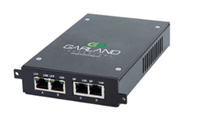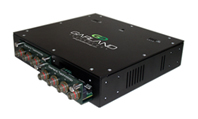TAPs are the only “Real 100% Network Access Technology”.
A Network TAP (Terminal Access Point)is typically dedicated hardware or software(for VMs or cloud) device, which provides a way to access the data flowing across Network Infrastructure. In many cases, it is desirable for a third party to monitor the traffic between two points in the network. If the network between points A and B consists of a physical cable, a “network tap” may be the best way to accomplish this monitoring. As network traffic is growing, we need to see every single packets and errors. TAPs do not alter the time relationships of frames, spacing, and response times especially important with VoIP and Triple Play analysis including FDX analysis, it is capable to pass the traffic from all Layers as it is.
Advantages of TAPs:
- TAPs do not introduce any additional jitter or distortion which is important in VoIP / Video analysis.
- TAP’s are timeless. They never need to download or be upgraded, they do not have access to anything except the LAN they are monitoring.
- VLAN tags are not passed through the SPAN port so this can lead to false issues detected and difficulty in finding VLAN issues.
- TAPs do not groom data nor filter out errored packets.
- Short or large frames are not filtered.
- Bad CRC frames are not filtered.
- The inter-frame gap is not dropped nor altered.
- TAPs do not drop packets regardless of the bandwidth.
- TAPs are not addressable network devices and therefore cannot be hacked – High Security.
- TAPs have no setups or command line issues so getting all the data is assured and saves users any setup time. -They are Plug and Monitor 100%
- TAPs are completely passive and do not cause any distortion even on FDX and full bandwidth networks.
- Un-sampled export in NetFlow v5/v9 or IPFIX.
- Wire-speed, L2-L7 visibility, PCAPs when needed.
1. Optical Passive TAPs
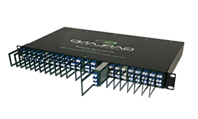
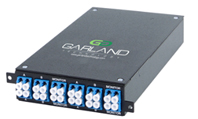
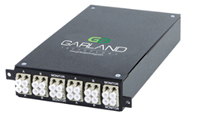
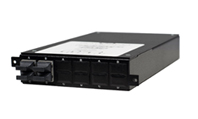
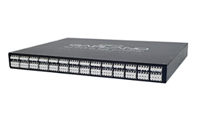
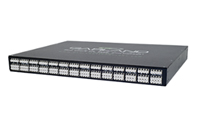
Passive Replication Network TAPs
Splits one single-mode, full-duplex input to three outputs
2. Copper TAP
